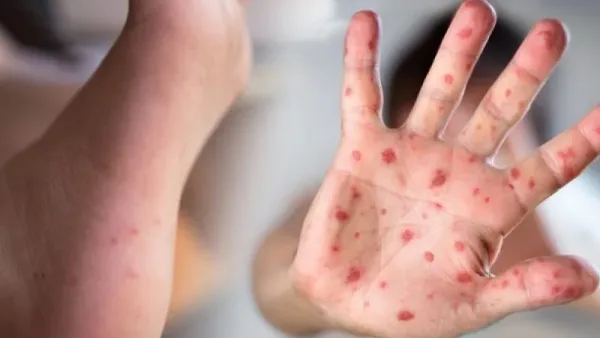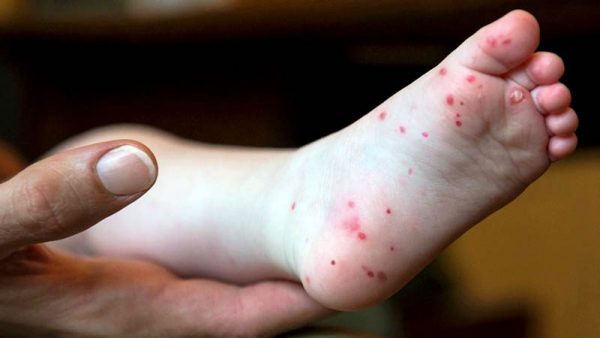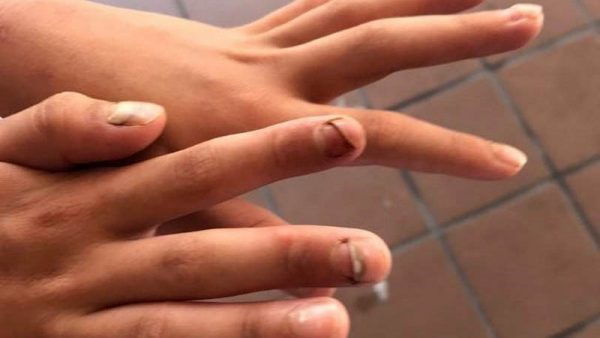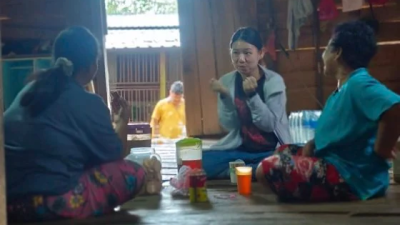While the mortality of HFMD is negligible, the virus spreads very rapidly, especially in places with large concentrations of young children, such as kindergartens and nurseries.
With the coronavirus pandemic now somewhat slowing down and school restarting physical classes, many students, including very young children under 6 attending kindergartens, nurseries and preschool institutions are going back to their schools.
Unfortunately, that is when we see an explosive growth in the number of hand, foot, and mouth disease (HFMD) cases within a short period of time.
Owing to the coronavirus pandemic, most school children were kept at home over the past two years, with hardly any chance for interactions among the kids and hence, significantly lower incidence of HFMD.
But with schools now reopened, the virus begins to spread swiftly in our very young population.
As of May 14, the number of HFMD cases jumped 15 times year-on-year to 31,661 cases. More alarmingly, weekly new infections reached a high of 7,526 cases, or 3.49 times of the 1,676 cases reported over the previous week.
HFMD’s mortality rate is very low. Of the 1.92 million cases reported in China in 2019, only 20 deaths were recorded. The fatality rate of approximately one in 100,000 is remarkably lower than the 2%-4% for the coronavirus during its initial stage and 0.15%-0.4% after mass vaccination.
While the mortality of HFMD is negligible, the virus spreads very rapidly, especially in places with large concentrations of young children, such as kindergartens and nurseries.
Children under the age of five are particularly vulnerable to HFMD, also known as vesicular stomatitis, although the virus can infect adults too.
We can see from media images that patients suffering from HFMD present red blisters around their hands, feet, mouth, tongue and gum while developing a fever, pain and excessive fatigue, among other symptoms. The patients will feel generally unwell.
In other words, getting infected is no joke, and in more severe cases could give rise to myocarditis, pulmonary edema, aseptic meningitis and other complications, and eventually death!
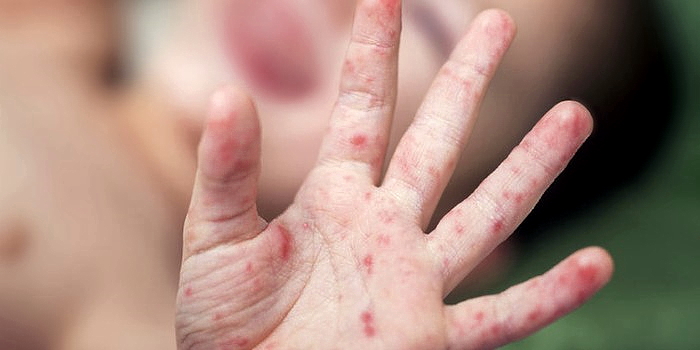
Health minister Khairy Jamaluddin and DG Noor Hisham Abdullah have both expressed their concern about a spike in HFMD cases in the country, and have urged parents to pay particular attention to their children’s personal hygiene and avoid crowded public places.
Parents are also urged to seek immediate medical attention if their children are found to have any of the symptoms.
Among the most common HFMD viruses are coxsackievirus A16 and enterovirus 71 which can spread through skin contacts, fecal-oral and droplet transmission. As such, children should avoid visiting crowded places and observe good personal hygiene.
Given the superior transmissibility of HFMD, the antivirus SOPs should be even more rigorous than those of Covid-19.
All surfaces that children have come into contact with such as toilet, floor and toys, must be thoroughly cleaned and sanitized.
Dr Noor Hisham says the health ministry is at the moment closely monitoring the HFMD situation and has adopted a series of preventive measures in collaboration with other relevant ministries as well as state and district health departments, among them:
-
Issue reminders to all preschool institutions, including kindergartens, nurseries and childcare centers in various states and districts.
-
Public education for operators of preschool institutions through video-conferencing to enhance awareness while allowing the government to better understand the situation at various localities.
-
Print public education pamphlets that will be distributed at mosques, supermarkets, etc.
-
Regular press statements and media conferences to enhance public awareness.
-
Convey the messages on the prevention of HFMD via TV, radio and social media platforms such as Facebook.
Having experienced the ordeal of a debilitating coronavirus, it is hoped that we can help our young children safely sail past the current HFMD crisis.
ADVERTISEMENT
ADVERTISEMENT






